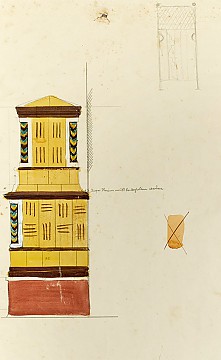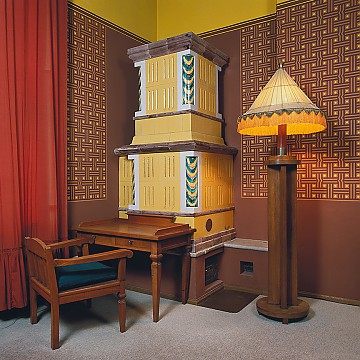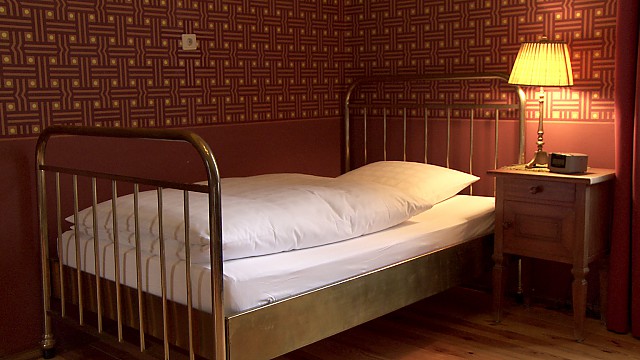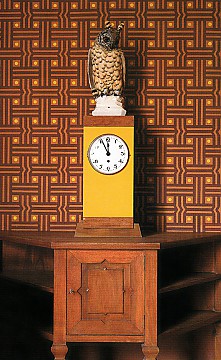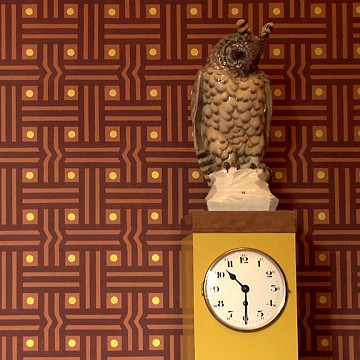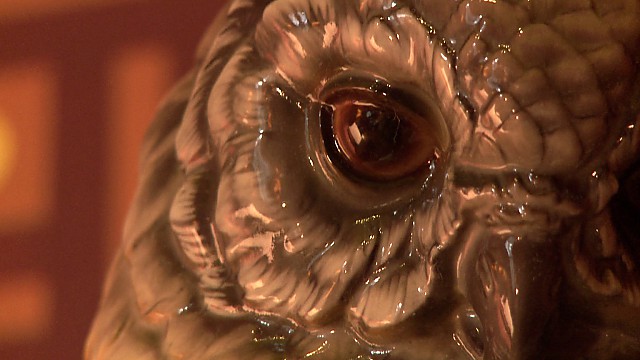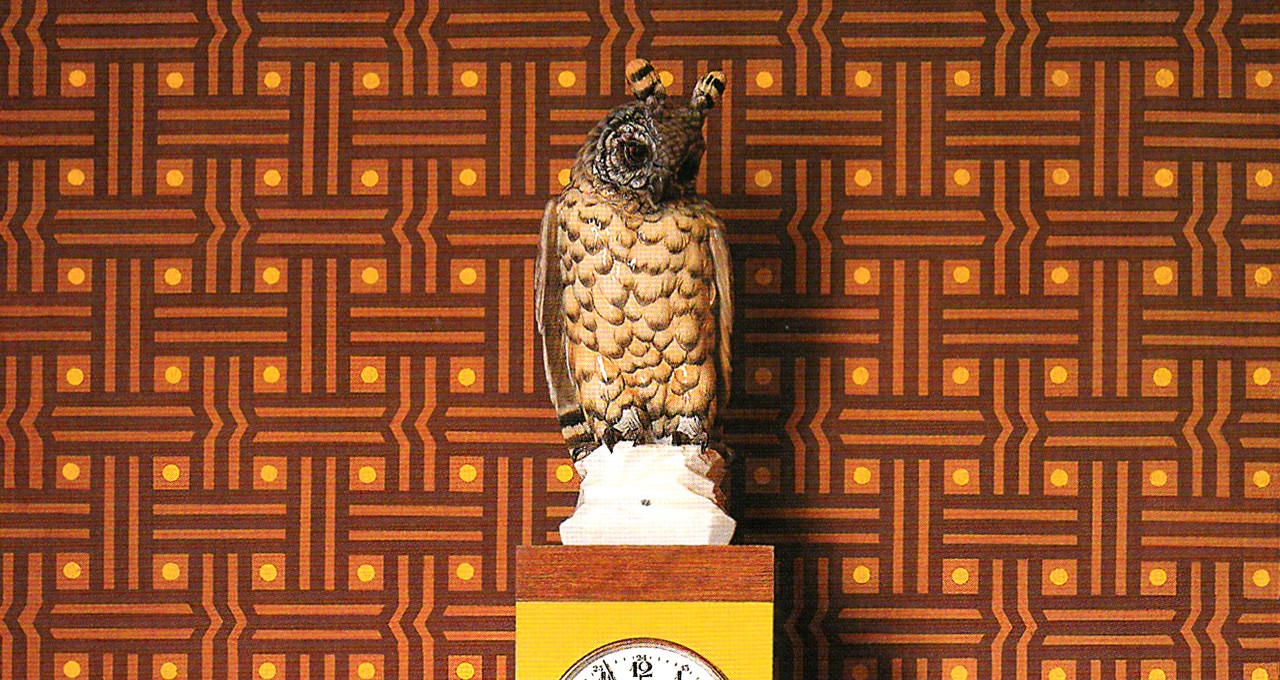
About
The »Yellow Room« is located in the castle's East Wing. The living area is a successful and inspiring example of the stylistic transition from Art Nouveau to Art Deco. The room was the first of the living and guest rooms to be completed and served as a model for the design of the rooms on the first floor, which are also used as guest accommodations today.
With their warm brown-yellow colour scheme, the tiled stove, furniture, floor lamp, clock and wall decoration create a harmonious overall impression.
Friedrich Attenhuber, the artist generalist, used stencilling for the wall decoration. This technique, which already found use in ancient times, enjoyed great popularity during the historicist and Art Nouveau periods. It was used to ornately decorate stairwells and living spaces.
Attenhuber designed a number of tiled stoves which matched the room design in terms of colour, ornamentation and form. As in the Garden Room, the Red Salon and the Dining Room, the imaginatively designed tiled stove, produced by the ceramics manufacturer Ulbricht in Tegernsee, constitutes the centrepiece of the living space.
The brown-yellow porcelain owl, which proudly looks down from the wall clock, deserves special mention. It was made by the famous animal sculptor Theodor Kärner in the Nymphenburg Porcelain Manufactory in Munich. As early as 1900, the Royal Porcelain Factory Copenhagen had brought lifelike, artistic porcelain figurines of small animals onto the market, which were highly regarded internationally. This set a Europe-wide trend that every prestigious porcelain manufacturer followed.
